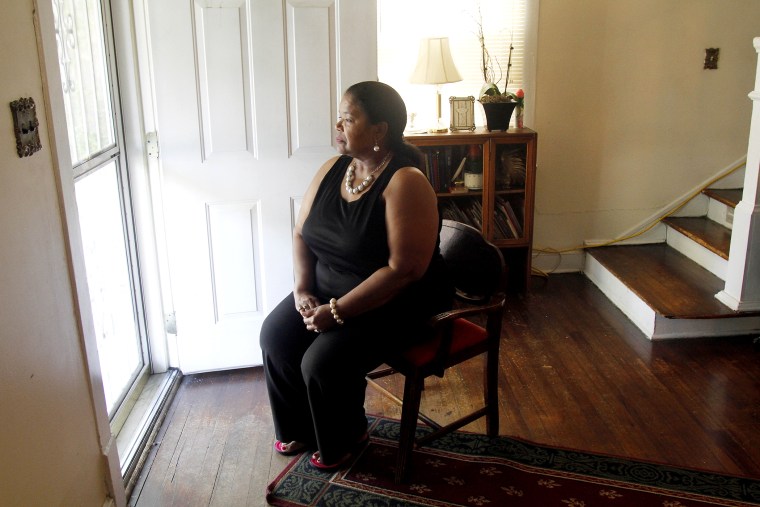In a letter written in 1950, Margaret Sanger explained to friend Katharine McCormick that birth control was a next-best option to mandatory sterilization:
As to your questions: A. Where the present need of financial support is most needed, and B. What the present prospects are in contraceptive research. I will answer B. first because I consider that the world and almost our civilization for the next twenty-five years, is going to depend upon a simple, cheap, safe contraceptive to be used in poverty stricken slums, jungles, and among the most ignorant people. Even this will not be sufficient, because I believe that now, immediately, there should be national sterilization for certain dysgenic types of our population who are being encouraged to breed and would die out were the government not feeding them.
A push for sterilization laws began in earnest in 1907, when Indiana passed an involuntary sterilization law for certain individuals deemed “unfit” in state custody. A wave of similar laws followed in other states.
But involuntary sterilizations were not limited to individuals in state custody. Hundreds of thousands of women, especially women of color, became victims of sterilizations that took place without consent and frequently without their knowledge.
In Killing the Black Body: Race, Reproduction, and the Meaning of Liberty, Dorothy Roberts writes:
During the 1970s sterilization became the most rapidly growing form of birth control in the United States, rising from 200,000 cases in 1970 to over 700,000 in 1980. It was a common belief among Blacks in the South that Black women were routinely sterilized without their informed consent and for no valid medical reason. Teaching hospitals performed unnecessary hysterectomies on poor Black women as practice for their medical residents. This sort of abuse was so widespread in the South that these operations came to be known as “Mississippi appendectomies.”
These practices were not limited to Mississippi. A 1973 lawsuit filed by the Southern Poverty Law Center helped expose the extent of involuntary sterilizations:
The Center filed a lawsuit on behalf of the Relf sisters and exposed the wide-spread sterilization abuse funded by the federal government and practiced for decades. The district court found an estimated 100,000 to 150,000 poor people were sterilized annually under federally-funded programs. Countless others were forced to agree to be sterilized when doctors threatened to terminate their welfare benefits unless they consented to the procedures.
In 1967, the government admitted sterilizing 3,406 American Indian women without their permission. In North Carolina, 7,600 people were involuntarily sterilized between 1929 and 1974. Eighty-five percent of those individuals were women, and 40% were people of color. That state did not repeal their law allowing involuntary sterilization until 2003.
But sterilization is not just a reproductive rights concern faced in the past. Last year, the Center for Investigative Reporting found that the California Department of Corrections sterilized nearly 150 female inmates from 2006 to 2010.
Assignment: Read the report by the Center for Investigative Reporting
